Home>Gardening & Outdoor>Landscaping Ideas>How To Remove Pampas Grass Roots
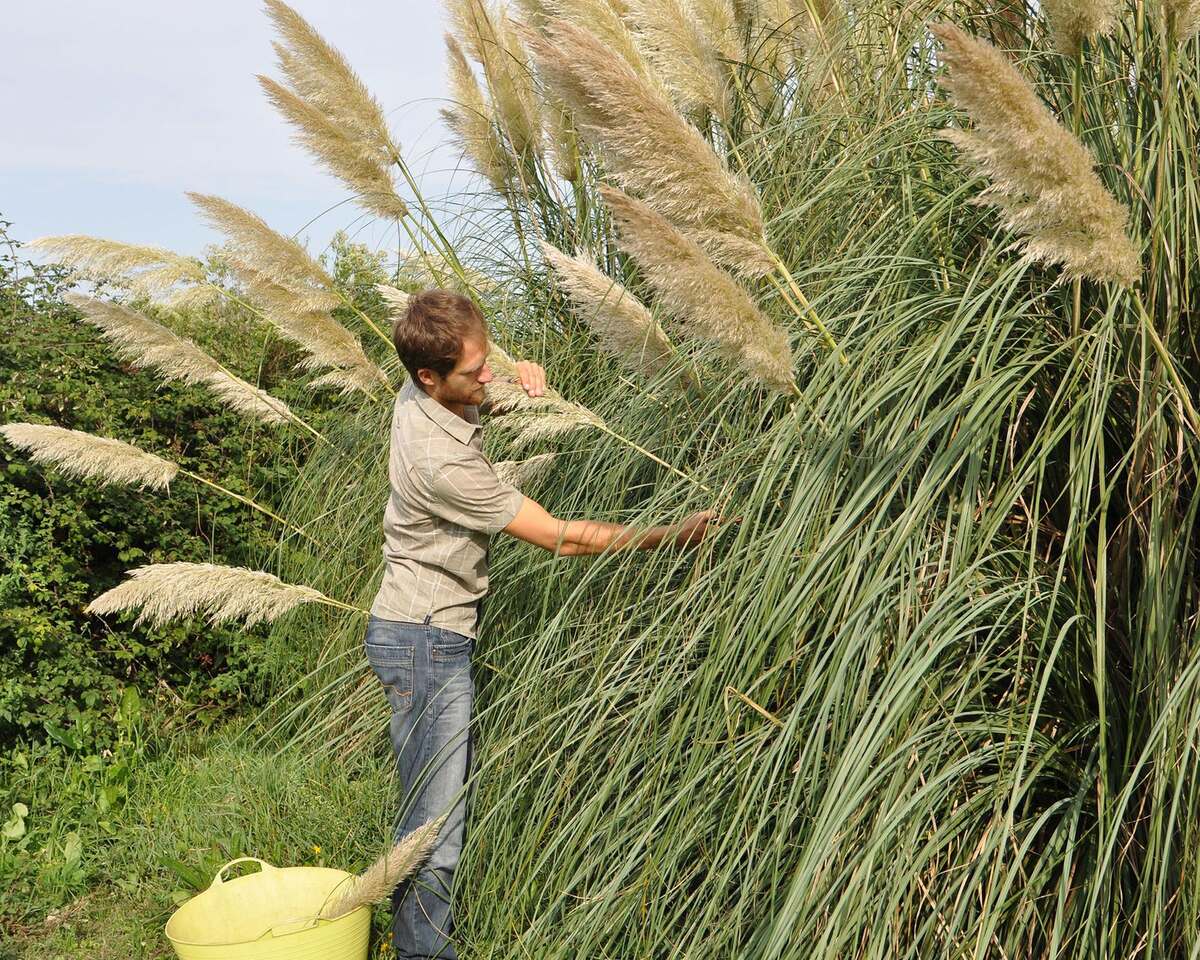

Landscaping Ideas
How To Remove Pampas Grass Roots
Modified: February 18, 2024
Learn effective landscaping ideas and techniques for removing pampas grass roots. Discover step-by-step instructions and expert tips for successful root removal.
(Many of the links in this article redirect to a specific reviewed product. Your purchase of these products through affiliate links helps to generate commission for Storables.com, at no extra cost. Learn more)
Introduction
Pampas grass, with its feathery plumes and towering presence, is a popular ornamental plant in many landscapes. However, its rapid growth and extensive root system can pose a challenge for gardeners and homeowners. When it becomes necessary to remove pampas grass, addressing its deep and tenacious roots is a crucial aspect of the process.
In this comprehensive guide, we will delve into the intricate task of removing pampas grass roots. Whether you're seeking to reclaim space in your garden, eliminate an overgrown pampas grass plant, or simply renovate your landscape, understanding the intricacies of this process is essential.
By exploring the step-by-step methods and essential tools required for effectively removing pampas grass roots, you will gain valuable insights into managing this task with confidence. From digging up the established plant to meticulously extracting the resilient roots, this guide will equip you with the knowledge and techniques needed to accomplish the task successfully.
As we embark on this journey to tackle the formidable pampas grass roots, it's important to approach the process with patience and determination. By following the detailed instructions and leveraging the right tools, you can navigate through the challenges and achieve a satisfying outcome.
Join us as we unravel the art of removing pampas grass roots, empowering you to transform your landscape and embark on a rewarding gardening endeavor.
Key Takeaways:
- Removing pampas grass roots requires patience and the right tools. Dig carefully, trim the foliage, and dispose of the roots responsibly to prevent regrowth and transform your landscape with confidence.
- Understanding pampas grass roots is crucial for effective removal. Use tools like shovels and pruning shears, and follow the step-by-step process to reclaim your outdoor space and enhance your environment.
Read more: How To Get Rid Of Pampas Grass Roots
Understanding Pampas Grass Roots
Pampas grass, scientifically known as Cortaderia selloana, is renowned for its striking appearance and remarkable resilience. However, beneath its majestic plumes lies a complex and robust root system that enables the plant to thrive in various conditions. Understanding the intricacies of pampas grass roots is fundamental to effectively removing them from your landscape.
The root system of pampas grass is characterized by its extensive and tenacious nature. The roots delve deep into the soil, anchoring the plant firmly and enabling it to withstand adverse weather conditions. These roots can spread widely, forming a dense network that contributes to the plant's vigorous growth and ability to compete with surrounding vegetation.
One of the key features of pampas grass roots is their adaptability to different soil types. Whether in sandy, loamy, or clay soils, the roots exhibit remarkable resilience, allowing the plant to thrive in diverse environments. This adaptability contributes to the plant's invasive potential, making it a formidable presence in landscapes where it is not adequately managed.
When it comes to removing pampas grass, the understanding of its root system is crucial. The roots can extend several feet into the ground, making it essential to address them comprehensively to prevent regrowth. Additionally, the presence of rhizomes, which are underground stems that produce new shoots, adds another layer of complexity to the removal process. These rhizomes can give rise to new plants if not effectively eradicated.
In essence, comprehending the depth, resilience, and regenerative potential of pampas grass roots is essential for devising a thorough and effective removal strategy. By gaining insight into the intricate nature of these roots, you can approach the task of removing pampas grass with a clear understanding of the challenges and requirements involved. This knowledge forms the foundation for the subsequent steps in the removal process, empowering you to tackle the task with confidence and precision.
Tools and Materials Needed
When undertaking the task of removing pampas grass roots, having the right tools and materials at your disposal is essential for a successful outcome. The process of uprooting and eliminating the resilient roots of pampas grass requires a combination of specialized tools and protective gear to facilitate efficient and safe removal. Here's a comprehensive list of the tools and materials you will need to effectively tackle this challenging endeavor:
Tools:
-
Shovel: A sturdy, sharp-edged shovel is indispensable for digging around the base of the pampas grass plant and excavating the roots from the soil. Opt for a shovel with a durable blade and a comfortable grip to facilitate efficient digging.
-
Mattock or Pickaxe: The robust roots of pampas grass may necessitate the use of a mattock or pickaxe to break through compacted soil and extract deeply embedded roots. These tools provide the necessary leverage and force to dislodge stubborn root systems.
-
Pruning Shears or Loppers: Trimming and cutting through the dense foliage and fibrous roots of pampas grass is made easier with the use of sharp pruning shears or loppers. These tools enable precise cutting and removal of the plant's above-ground growth, allowing better access to the root system.
-
Gloves: Durable, protective gloves are essential for safeguarding your hands during the removal process. Opt for gloves that offer a balance of dexterity and protection, shielding your hands from potential cuts, abrasions, and contact with irritants.
-
Safety Goggles: As you work on extracting pampas grass roots, wearing safety goggles is crucial to protect your eyes from debris, soil, and plant material. Ensure that the goggles provide a secure fit and offer adequate coverage for maximum eye protection.
-
Wheelbarrow or Garden Cart: A wheelbarrow or garden cart is invaluable for transporting the extracted roots and plant debris to the disposal area. This facilitates efficient cleanup and minimizes the physical strain of carrying heavy loads over a distance.
Materials:
-
Heavy-Duty Trash Bags: Sturdy, puncture-resistant trash bags are essential for containing and disposing of the extracted roots and plant remnants. Opt for heavy-duty bags that can withstand the weight and sharp edges of the root material.
-
Tarp or Ground Cover: Lay down a tarp or ground cover near the work area to collect and contain the removed roots and soil. This helps prevent soil spillage and simplifies the cleanup process.
-
Watering Can or Hose: Having a watering can or hose nearby is beneficial for moistening the soil around the pampas grass plant before removal. This can help loosen the soil and facilitate the extraction of roots.
By assembling these essential tools and materials, you will be well-equipped to embark on the task of removing pampas grass roots with confidence and efficiency. Each item plays a crucial role in the removal process, contributing to a systematic and well-prepared approach to tackling the formidable roots of pampas grass.
Read more: What Are Pampas Grass
Step 1: Digging up the Pampas Grass
The initial step in removing pampas grass roots involves the meticulous process of digging up the established plant from the ground. This task requires precision and patience to effectively loosen the plant's root system and prepare it for extraction. Here's a detailed walkthrough of the essential steps involved in digging up the pampas grass:
1. Assess the Surrounding Area
Before commencing the digging process, carefully assess the surrounding area to identify any underground utilities, such as irrigation lines or cables. This precautionary measure helps prevent accidental damage to essential infrastructure and ensures a safe working environment.
2. Trim the Foliage
Using sharp pruning shears or loppers, trim the feathery plumes and foliage of the pampas grass plant to a manageable height. This not only facilitates better access to the base of the plant but also reduces the bulk of the foliage, making it easier to handle during the removal process.
3. Moisten the Soil
To ease the extraction of the plant and its roots, moisten the soil around the base of the pampas grass using a watering can or hose. Adequately moistened soil is more pliable, making it easier to dig and reduces the likelihood of soil disruption during the removal process.
Read more: When To Plant Pampas Grass
4. Dig Around the Base
Using a sturdy shovel, begin digging around the base of the pampas grass plant, aiming to create a wide and deep trench. Work methodically, gradually loosening the soil and exposing the outer portion of the root system. Exercise caution to avoid damaging the roots during this process.
5. Apply Leverage
As the trench deepens, utilize a mattock or pickaxe to apply leverage and gently pry the plant's base from the soil. This step helps dislodge the roots and rhizomes, gradually loosening the plant's hold in the ground.
6. Work in Sections
To effectively manage the size and weight of the plant, work in sections, gradually loosening and lifting the pampas grass from the ground. This approach minimizes the strain on the roots and facilitates a more controlled extraction process.
By diligently following these steps, you can effectively dig up the pampas grass plant, preparing it for the subsequent phase of root removal. This methodical approach sets the stage for addressing the resilient roots of the plant, laying the groundwork for a comprehensive and successful removal process.
Step 2: Removing the Roots
With the pampas grass plant successfully excavated from the ground, the next critical phase involves the meticulous removal of its extensive and resilient roots. This step demands precision, patience, and a methodical approach to ensure thorough eradication of the root system. Here's a detailed exploration of the essential steps involved in effectively removing the roots of pampas grass:
-
Expose the Root System:
Carefully lay the extracted pampas grass plant on a tarp or ground cover, allowing clear visibility of the root system. The sprawling network of roots and rhizomes should be readily accessible for thorough examination and removal. -
Inspect and Trim:
Begin by inspecting the roots, identifying the primary root mass and any interconnected rhizomes. Using sharp pruning shears or loppers, trim away any excess foliage and smaller roots, clearing the area for focused root extraction. -
Digging and Loosening:
Employ a sturdy shovel to dig around the base of the root mass, gradually loosening the soil and exposing the intricate network of roots. Exercise caution to avoid damaging the roots during this process, ensuring a methodical and gentle approach. -
Leverage and Extraction:
As the roots become more visible, utilize a combination of the shovel and mattock to apply leverage and gently pry the root mass from the soil. This step facilitates the gradual dislodging of the roots, allowing for controlled extraction without excessive force. -
Systematic Removal:
Work systematically, focusing on one section of the root mass at a time. As each section is loosened, carefully lift and separate it from the soil, ensuring that no residual roots or rhizomes are left behind. -
Inspect for Rhizomes:
Thoroughly inspect the extracted roots for any remaining rhizomes, which are capable of producing new shoots if left in the soil. Trim and remove any identified rhizomes to prevent potential regrowth and ensure comprehensive eradication. -
Dispose of the Roots:
Place the extracted roots and rhizomes into heavy-duty trash bags, ensuring secure containment for disposal. Proper disposal of the roots is essential to prevent regrowth and mitigate the risk of spreading the plant to other areas.
By meticulously following these steps, you can effectively remove the resilient roots of pampas grass, mitigating the potential for regrowth and ensuring the thorough eradication of the plant from your landscape. This methodical approach sets the stage for a successful and comprehensive removal process, paving the way for the rejuvenation of your outdoor space.
Read more: How To Plant Pampas Grass
Step 3: Disposing of the Roots
Proper disposal of the extracted pampas grass roots is a critical aspect of the removal process, ensuring the prevention of regrowth and the responsible management of plant material. Effectively disposing of the roots involves strategic containment, transportation, and disposal methods to mitigate the risk of spreading the plant to other areas. Here's a detailed exploration of the essential steps involved in disposing of the roots of pampas grass:
1. Secure Containment
Transfer the extracted roots and any remaining rhizomes into heavy-duty trash bags, ensuring secure containment to prevent the spread of plant material. Double-bagging the roots can provide an extra layer of protection, reducing the risk of tearing or puncturing the bags during transportation.
2. Seal and Secure
Once the roots are placed in the trash bags, securely seal the bags to prevent any potential spillover or dispersal of plant material. Tightly knotting the bags and ensuring a secure closure minimizes the risk of accidental exposure to the roots during handling and transportation.
3. Transport to Disposal Area
Carefully load the sealed trash bags containing the roots into a wheelbarrow or garden cart for transportation to the designated disposal area. Exercise caution to prevent any tearing or damage to the bags during transit, ensuring that the roots remain contained and secure throughout the process.
Read more: How To Arrange Pampas Grass
4. Disposal Considerations
When selecting the disposal area, it's important to adhere to local regulations and guidelines regarding green waste disposal. Many municipalities offer specific guidelines for the disposal of plant material, including options for green waste recycling or designated disposal facilities.
5. Green Waste Recycling
If available, consider utilizing green waste recycling facilities or programs offered by local waste management authorities. These facilities often accept organic plant material for composting or mulching, contributing to sustainable waste management practices and environmental conservation.
6. Landfill Disposal
In the absence of green waste recycling options, landfill disposal may be necessary. When disposing of the roots in a landfill, ensure compliance with any applicable regulations and guidelines. Select an appropriate landfill disposal site and follow the designated procedures for depositing green waste.
7. Preventing Regrowth
Regardless of the disposal method chosen, it's essential to prevent the potential regrowth of pampas grass from the disposed roots. Confirm that the disposal facility or method effectively mitigates the risk of regrowth, minimizing the impact on the surrounding environment.
By meticulously following these steps and adhering to responsible disposal practices, you can effectively manage the disposal of pampas grass roots, contributing to the prevention of regrowth and the responsible handling of plant material. This conscientious approach ensures that the removal process culminates in the effective management of the extracted roots, aligning with sustainable and environmentally conscious practices.
Read more: How To Kill Pampas Grass
Conclusion
In conclusion, the process of removing pampas grass roots demands a meticulous and systematic approach, encompassing the digging up of the established plant, the thorough extraction of its resilient roots, and the responsible disposal of the extracted material. By understanding the intricate nature of pampas grass roots and employing the right tools and techniques, gardeners and homeowners can effectively manage the task of eradicating this formidable plant from their landscapes.
The resilience and adaptability of pampas grass roots underscore the importance of a comprehensive removal strategy. The extensive root system, coupled with the regenerative potential of rhizomes, necessitates a methodical and thorough approach to prevent regrowth and ensure the successful elimination of the plant. By carefully assessing the surrounding area, trimming the foliage, and moistening the soil, the initial phase of digging up the pampas grass sets the stage for the subsequent root removal process.
Removing the roots of pampas grass requires precision and patience, as well as the use of specialized tools such as shovels, mattocks, and pruning shears. By meticulously inspecting, trimming, and extracting the roots, gardeners can mitigate the risk of regrowth and effectively manage the disposal of the extracted material. Proper containment, transportation, and disposal methods are essential to prevent the spread of pampas grass to other areas and contribute to responsible waste management practices.
The disposal of the extracted roots, whether through green waste recycling or landfill disposal, plays a crucial role in preventing the resurgence of pampas grass. By adhering to local regulations and guidelines, individuals can ensure that the disposal process aligns with sustainable waste management practices, minimizing the environmental impact and promoting responsible stewardship of the landscape.
In essence, the successful removal of pampas grass roots represents a triumph of perseverance and dedication in reclaiming outdoor spaces and managing invasive plant species. By following the detailed steps outlined in this guide and approaching the task with diligence and care, individuals can navigate through the complexities of pampas grass root removal with confidence and achieve a satisfying outcome. This comprehensive approach not only transforms landscapes but also contributes to the preservation and enhancement of outdoor environments, fostering a harmonious coexistence between nature and human habitation.
Frequently Asked Questions about How To Remove Pampas Grass Roots
Was this page helpful?
At Storables.com, we guarantee accurate and reliable information. Our content, validated by Expert Board Contributors, is crafted following stringent Editorial Policies. We're committed to providing you with well-researched, expert-backed insights for all your informational needs.





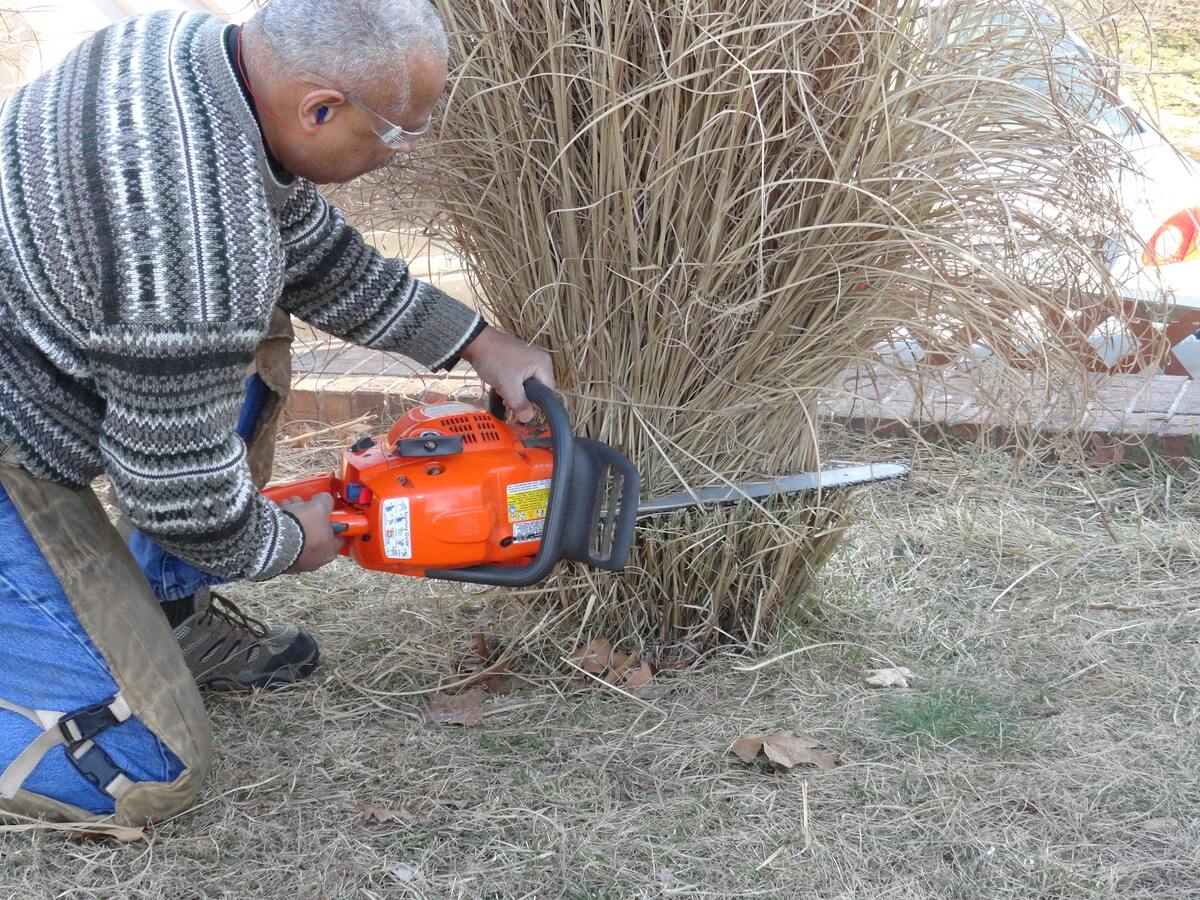
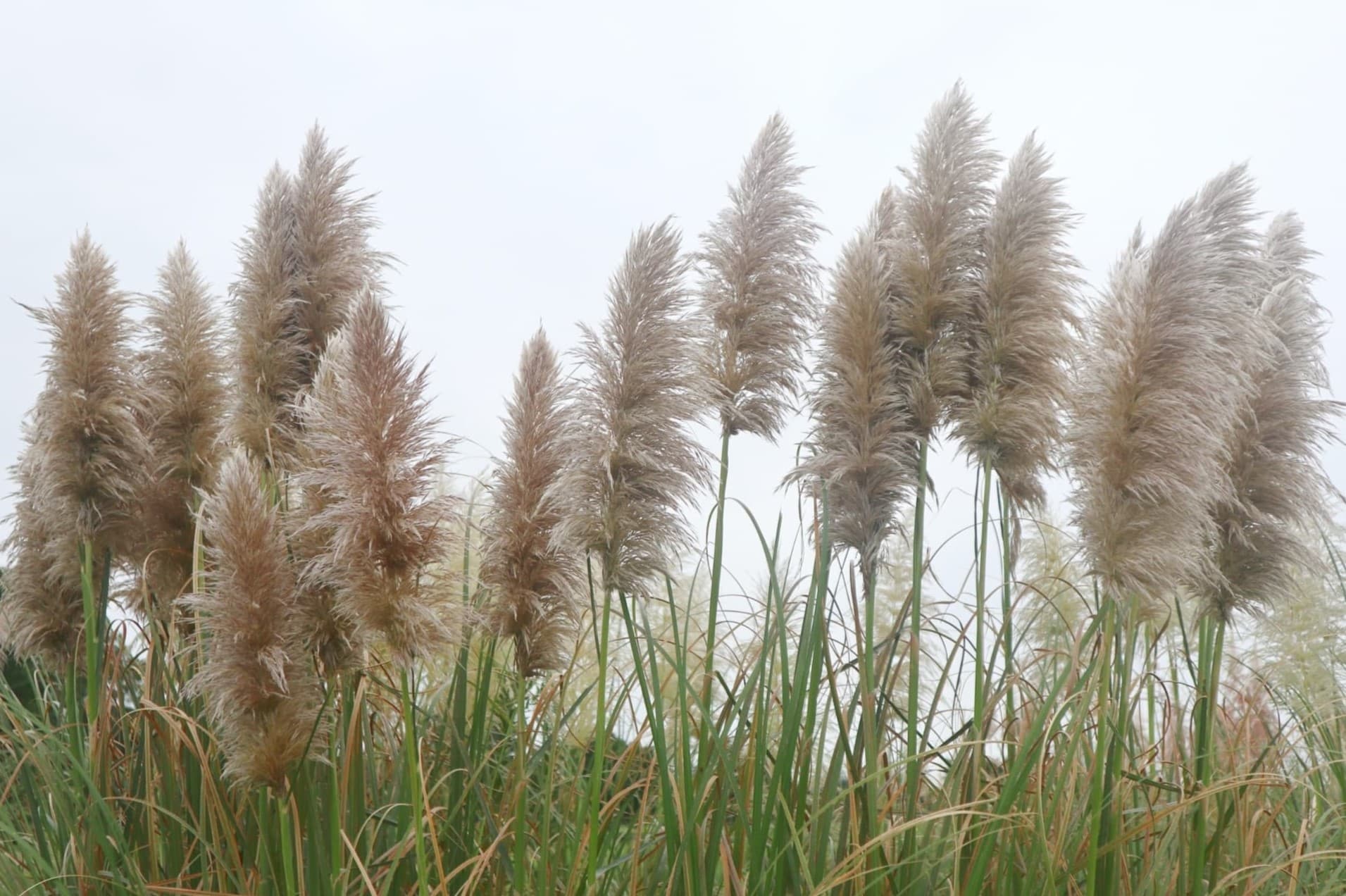

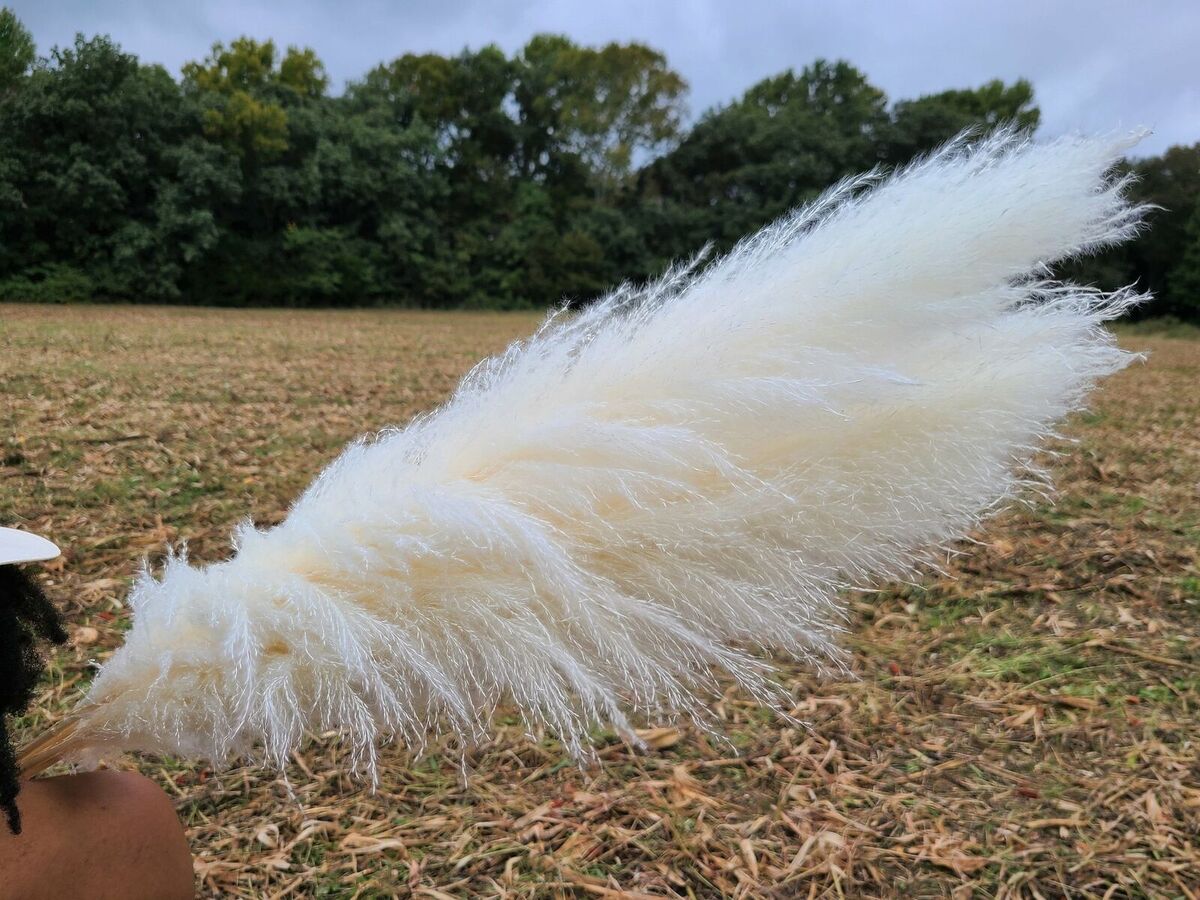
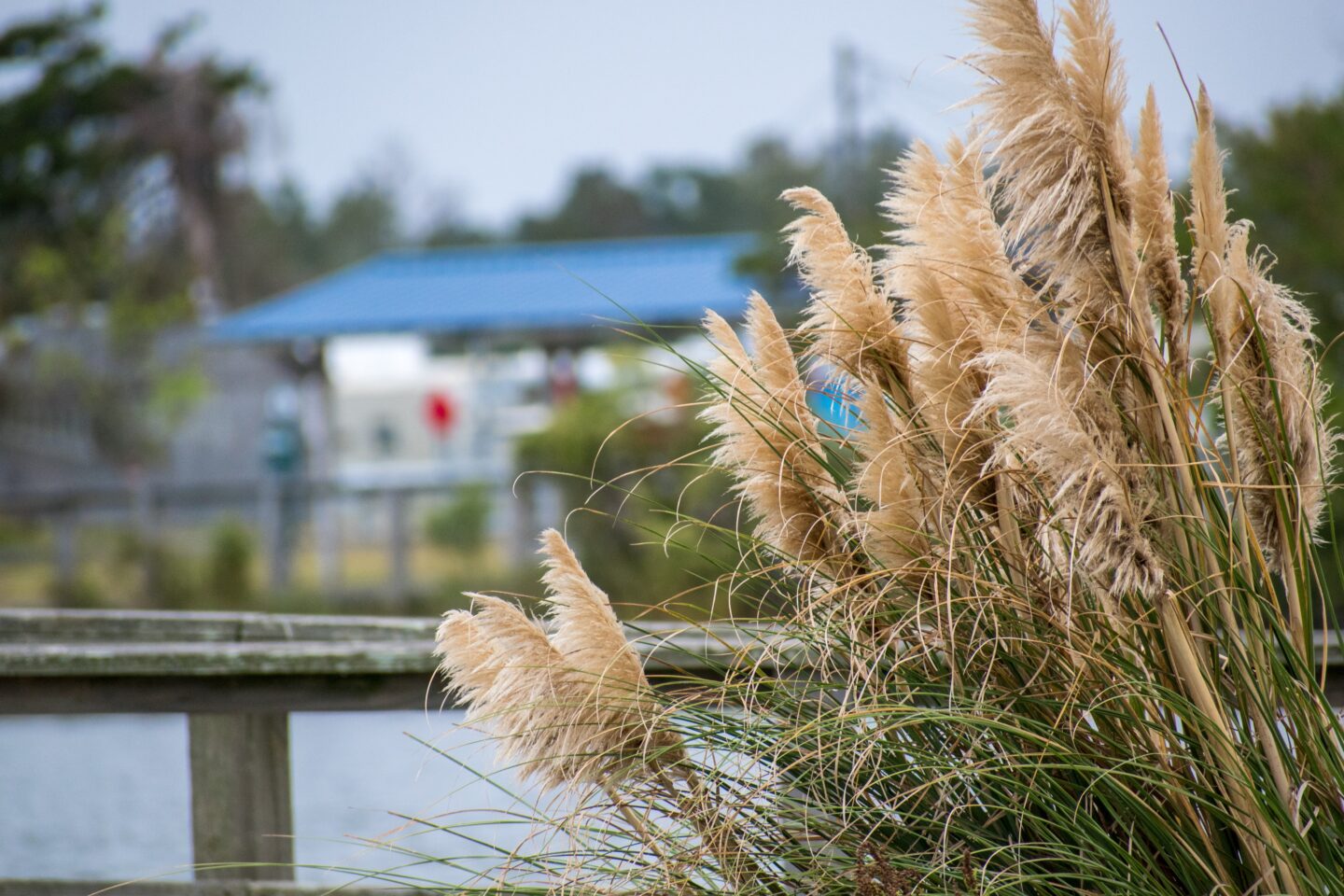

0 thoughts on “How To Remove Pampas Grass Roots”